Clancy Tucker's Blog, page 193
March 22, 2017
23 March 2017 - THE BEE HUMMINGBIRD

THE BEE HUMMINGBIRD
G'day folks,
Welcome to the life of the smallest bird in the world. It is often mistaken for an insect because of its tiny size! They are not much bigger than bees, hence their name.

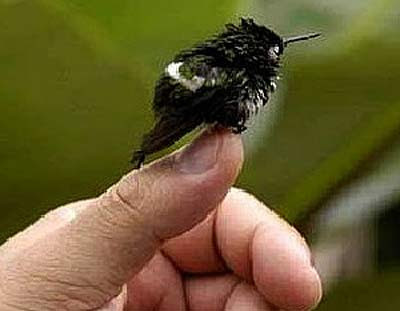

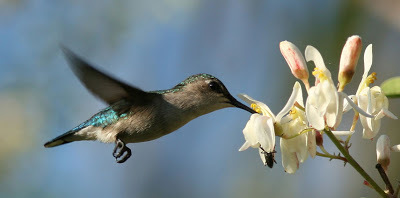
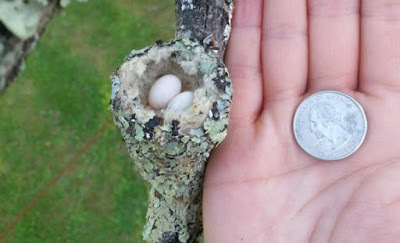
 Amazing Facts About the Bee HummingbirdThe Bee Hummingbird is the smallest bird in the world.These little guys are native to Cuba.They beat their wings an astonishing 80 times per second, which is so fast that the motion is imperceptible to the human eye!During courtship displays, the bee hummingbird’s wings can beat up to an incredible 200 times per second.The Bee Hummingbird is capable of flying at speeds of 25-30 mph, and up to 20 hours without a break.Its average heart rate reaches 1,260 beats per minute which makes bee hummingbird’s heart rate the fastest in the world.Its breathing rate is also very high. They have been recorded breathing at rest at a rate of 250 breaths per minute!This tiny creature has amazing agility when flying, being able to fly straight up, down, backwards and even upside down!One Bee Hummingbird may help pollinate up to 1,500 flowers in a typical day of feeding.They spend 15% of their time eating.They feed mostly on nectar but do also eat insects.Each day, an individual can consume up to half its body mass in food and 8 times its body mass in water.The males of the species are territorial, and would establish their own feeding territory. Other males, and even nectar-feeding insects like hawk moths and bumble bees, attempting to feed in their territories, are aggressively chased.The females and non-breeding males are a pale grey or white colour with a bluish-green upper plumage. The breeding male is a greyish white with blue upper plumage and bright pink or red feathers on his head and around his neck.A tiny bird comes with a tiny nest – The Bee Hummingbird’s nest takes up no more than a square inch of space and is made predominantly from lichen, bark and even little scraps of cobweb.A nesting bee hummingbird lays eggs the size of a green pea.The tiny bee hummingbirds are often mistaken for insects because of their tiny size. They are not much bigger than bees, hence their name.
Amazing Facts About the Bee HummingbirdThe Bee Hummingbird is the smallest bird in the world.These little guys are native to Cuba.They beat their wings an astonishing 80 times per second, which is so fast that the motion is imperceptible to the human eye!During courtship displays, the bee hummingbird’s wings can beat up to an incredible 200 times per second.The Bee Hummingbird is capable of flying at speeds of 25-30 mph, and up to 20 hours without a break.Its average heart rate reaches 1,260 beats per minute which makes bee hummingbird’s heart rate the fastest in the world.Its breathing rate is also very high. They have been recorded breathing at rest at a rate of 250 breaths per minute!This tiny creature has amazing agility when flying, being able to fly straight up, down, backwards and even upside down!One Bee Hummingbird may help pollinate up to 1,500 flowers in a typical day of feeding.They spend 15% of their time eating.They feed mostly on nectar but do also eat insects.Each day, an individual can consume up to half its body mass in food and 8 times its body mass in water.The males of the species are territorial, and would establish their own feeding territory. Other males, and even nectar-feeding insects like hawk moths and bumble bees, attempting to feed in their territories, are aggressively chased.The females and non-breeding males are a pale grey or white colour with a bluish-green upper plumage. The breeding male is a greyish white with blue upper plumage and bright pink or red feathers on his head and around his neck.A tiny bird comes with a tiny nest – The Bee Hummingbird’s nest takes up no more than a square inch of space and is made predominantly from lichen, bark and even little scraps of cobweb.A nesting bee hummingbird lays eggs the size of a green pea.The tiny bee hummingbirds are often mistaken for insects because of their tiny size. They are not much bigger than bees, hence their name.
Clancy's comment: Amazing that humans spend so much money trying to do amazing things, and we have these cute things that can do stunning things without going to NASA to learn. Gob smacking, eh?
I've taken swags of photographs of their cousins. In fact, one of them is on the cover of Bold Journey. It, and other pictures, was taken one day whilst working on my veranda - with my Nikon close at hand of course.

I'm ...


Published on March 22, 2017 14:40
March 21, 2017
22 March 2017 - STUNNING ACTION SHOTS
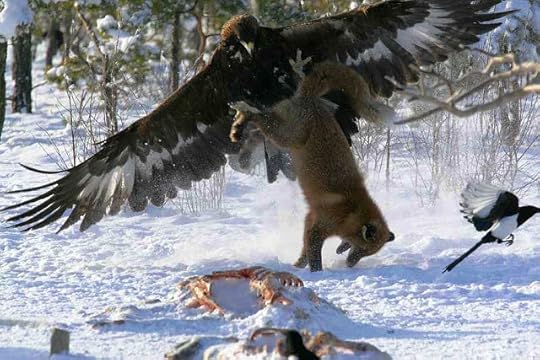
STUNNING ACTION SHOTS
G'day folks,
Welcome to some amazing photography taken around the world by keen photographers with an eye for detail ... And humour.
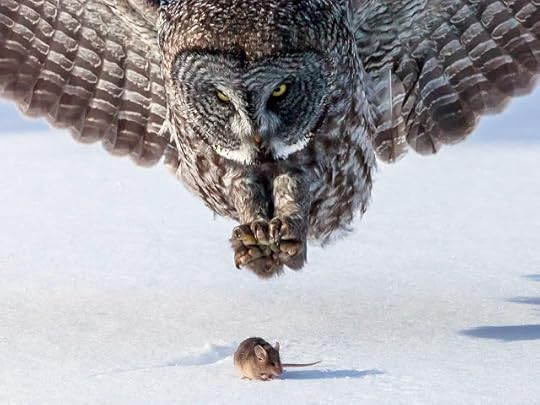
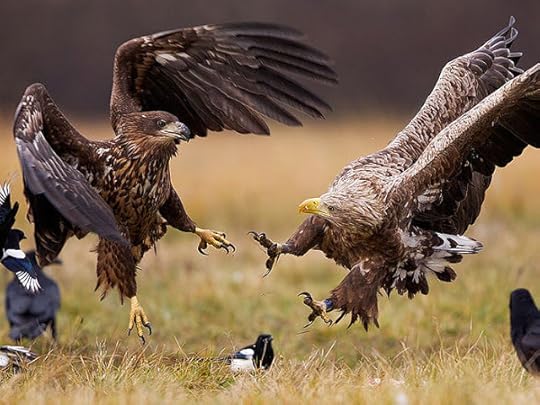
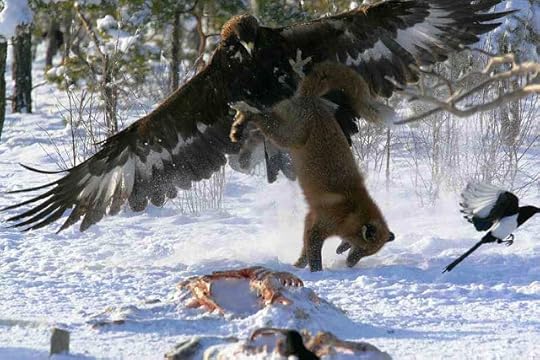

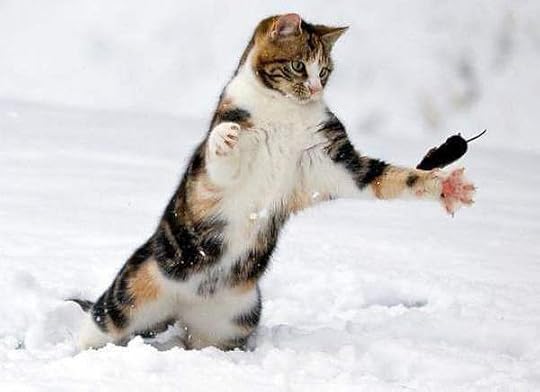
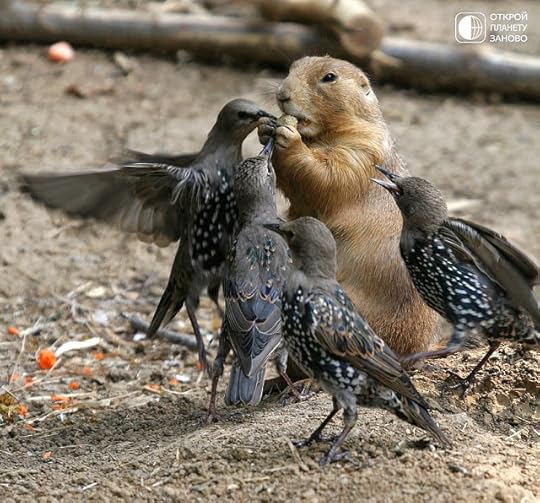
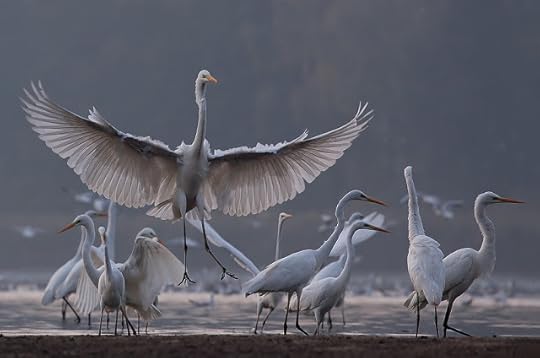
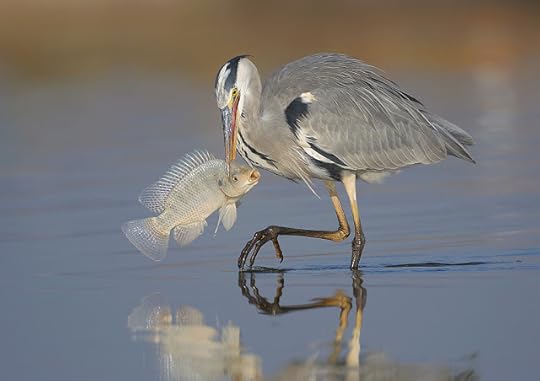


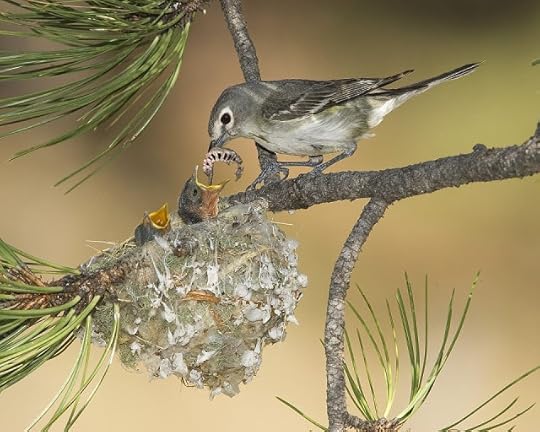
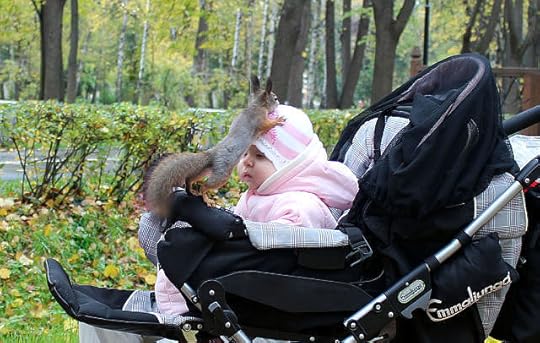




Clancy's comment: Stunning!
I'm ...

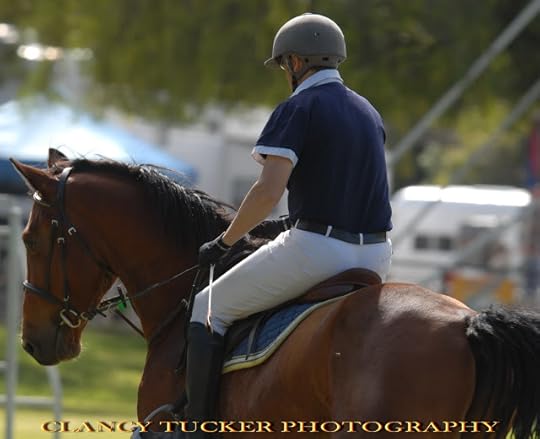
Published on March 21, 2017 14:20
March 20, 2017
21 March 2017 - LEXOPHILIA
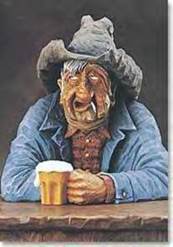
LEXOPHILIAG'day folks,
Some once described lexophilia as ... “Lexophile” is a word used to describe those that have a love for words, such as “you can tune a piano, but you can't tuna fish”, or “to write with a broken pencil is pointless.” So, here are a few more.
1. I wondered why the baseball was getting bigger. Then it hit me.
2. Police were called to a day care, where a three-year-old was resisting a rest.
3. Did you hear about the guy whose whole left side was cut off? He’s all right now.
4. The roundest knight at King Arthur’s round table was Sir Cumference.
5. To write with a broken pencil is pointless.
6. When fish are in schools they sometimes take debate.

7. The short fortune teller who escaped from prison was a small medium at large.
8. A thief who stole a calendar… got twelve months.
9. A thief fell and broke his leg in wet cement. He became a hardened criminal.
10. Thieves who steal corn from a garden could be charged with stalking.
11. When the smog lifts in Los Angeles , U. C. L. A.
12. The math professor went crazy with the blackboard. He did a number on it.
13. The professor discovered that his theory of earthquakes was on shaky ground.
14. The dead batteries were given out free of charge.
15. If you take a laptop computer for a run you could jog your memory.
16. A dentist and a manicurist fought tooth and nail.
17. A bicycle can’t stand alone; it is two tired.
18. A will is a dead giveaway.
19. Time flies like an arrow; fruit flies like a banana.
20. A backward poet writes inverse.
21. In a democracy it’s your vote that counts; in feudalism, it’s your Count that votes.
22. A chicken crossing the road: poultry in motion.
23. If you don’t pay your exorcist you can get repossessed.
24. With her marriage she got a new name and a dress.
25. Show me a piano falling down a mine shaft and I’ll show you A-flat miner.
26. When a clock is hungry it goes back four seconds.

27. The guy who fell onto an upholstery machine was fully recovered.
28. A grenade fell onto a kitchen floor in France and resulted in Linoleum Blownapart.
29. You are stuck with your debt if you can’t budge it.
30. Local Area Network in Australia : The LAN down under.

Clancy's comment: Very clever. Hope these brought a grin to your chin.
I'm ...


Published on March 20, 2017 13:49
March 19, 2017
20 March 2017 - LOST WORDS

LOST WORDS
G'day folks,
Here is another set of words that seem to have disappeared from daily use, and just as well in some cases.
apanthropinization n 1880 -1880 withdrawal from human concerns or the human world His life as a hermit in the woods was characterized by apanthropinization.
aporrhoea n 1646 -1880 a bodily emanation; an effluvium The evening's revelries were followed by an unfortunate episode of aporrhoea.
aquabib n 1731 -1883 water-drinker I was never much of an aquabib, and always preferred harder libations.
archigrapher n 1656 -1656 principal or head secretary or clerk The archigrapher efficiently designated transcription duties to her underlings.
archiloquy n 1656- 1656 first part of a speech We stopped paying attention during his talk due to his monotonous archiloquy.
aretaloger n 1623 -1656 braggart; one who boasts about his own accomplishments While he seemed nice at first, he turned out to be a loudmouthed aretaloger.
artigrapher n 1753 -1753 writer or composer of a grammar; a grammarian Today's prescriptivists are no better than the artigraphers of the Renaissance.
ascoliasm n 1706 -1753 boys' game of beating each other with gloves or leather while hopping If you think bullies are bad today, look at brutal games of the past like ascoliasm.
assectation n 1656 -1656 act of following after something else She stood in the on-deck circle, her assectation virtually guaranteed.
austerulous adj 1731 -1731 somewhat or slightly harsh The austerulous monks were rarely lenient with their pupils.
autexousious adj 1678 -1678 exercising or possessing free will If we are truly autexousious, then why do we so often feel powerless?
auturgy n 1651 -1656 self-action; independent activity The film director's legendary auturgy frustrated editors and producers alike.
avunculize v 1662 -1662 to act as an uncle; to behave like an uncle I often avunculize to my younger friends, which no doubt annoys them.
bajulate v 1613 -1662 to bear a heavy burden Their Sherpa aides were vexed by the demand that they bajulate as well as guide.
bimarian adj 1731 -1731 pertaining to two seas Some think that America needs to improve its bimarian naval defenses.
binoternary adj 1817 -1817 combining binary and trinary aspects The dots on the '6' face of a die are arranged in a binoternary fashion.

Clancy's comment: Mm ... Imagine texting these today.
I'm ...

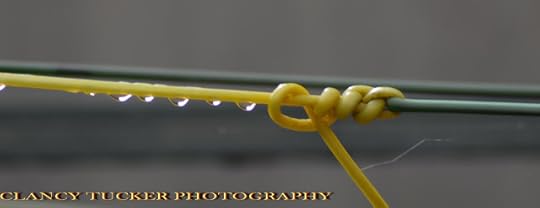
Published on March 19, 2017 15:09
March 18, 2017
19 March 2017 - HERBERT VERE EVATT
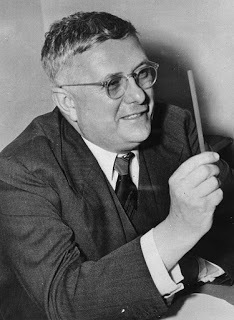
HERBERT VERE EVATT
G'day folks,
Herbert Vere Evatt, KC KStJ, usually known as H. V. Evatt or Bert Evatt, and often as "Doc" Evatt on account of his Doctor of Laws degree, was an Australian judge, lawyer, parliamentarian and writer.
Childhood and education
Herbert Vere Evatt, known as Bert, was born on 30 April 1894 in East Maitland, NSW, the fifth son of a publican, John Evatt, and his wife Jeanie. John Evatt died when Bert was seven leaving him to play a major role in the upbringing of his three younger brothers. Two of them, Ray and Frank, were killed in the First World War. Their deaths had a profound effect on Bert and brought home to him at an early age the tragedy of war.
Evatt was educated at Fort Street High School, Sydney, and the University of Sydney. He was a brilliant scholar and attained the degress of B.A. (triple first-class honours and University Medal), M.A., LL.B. (first class honours and University Medal), LL.D. and D. Litt.
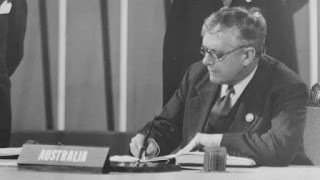
He was admitted to the Sydney bar in 1918, taking silk in 1929.In 1920 Evatt married Mary Alice Sheffer, a student of Architecture, and the daughter of an American businessman. Mary Alice had come to Australia as a small child and she was to remain Evatt's constant companion.Evatt joined the Labor Party in 1925, entering NSW State Parliament as the MLA for Balmain.
He left state politics when in 1930, at the age of 36, he was appointed a justice of the High Court of Australia, the youngest person to be appointed to such a position. Evatt quickly distinguished himself as a brilliant and liberal judge and a respected author in the fields of law and history.
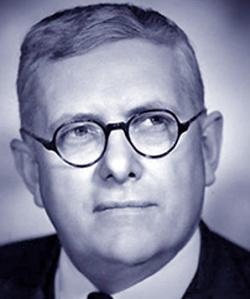
In 1940 Evatt resigned from the High Court, standing as a federal Labor Party candidate and winning the Sydney seat of Barton at the elections of the same year. When Labor gained power under John Curtin in 1941, Evatt was appointed Attorney-General and Minister for External Affairs. From 1946 to 1949 he was Deputy Prime Minister to Ben Chifley.
During the war years Evatt led many important overseas missions for the Australian government. He was instrumental in bringing home Australian troops from the Middle East and in securing military aircraft to support Australia's war effort in the Pacific. During his years as Minister for External Affairs, Evatt completely reorganized the department and laid the foundations for an active and independent Australian foreign policy. He championed the cause of the smaller nations having a voice, alongside the great powers, on questions of international and global significance.
He was a member of the San Francisco Conference in 1945 which drew up the United Nations Charter and the leader of the Australian delegation to the Paris Peace Conference in 1946.
Evatt was Chairman of the Far Eastern Commission, USA, 1945; President of the South Pacific Regional Conference, Canberra, 1947; and Chairman of the British Commonwealth Conference on the Japanese Peace Treaty, 1947.Evatt led the Australian delegation to the United Nations in 1946, 1947 and 1948 and was elected President of the General Assembly at its Third Session from 1948-49. He was the first chairman of the UN Atomic Energy Commission and chairman of the Palestine Commission.

In 1949 Labor lost the federal election to R.G. Menzies and the Liberal Party and the rest of Evatt's parliamentary life was spent in opposition.
In 1950 Menzies introduced the Communist Party Dissolution Bill which gave power to the government to publicly declare any citizen a Communist and to bar him or her from holding office in a range of public organizations, including trade unions. Evatt successfully contested this Act in the High Court where it was declared unconstitutional.
When Chifley died in June 1951, Evatt was elected the new leader of the Labor Party and held this position throughout a tumultuous period of Australian political history. Evatt successfully campaigned for the "No" vote in the Referendum of September 1951 in which the Menzies Government sought to ban the Communist Party of Australia.
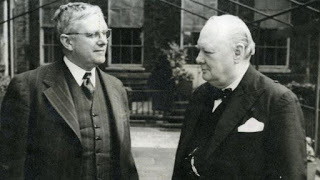
In 1954 the defection to Australia of a senior Soviet diplomat, Vladimir Petrov, and the subsequent Royal Commission into Espionage revived fears of Communism and the Soviet Union in the Australian electorate and contributed to the defeat of the ALP in the 1954 Federal elections. The split which occurred in the ALP in the mid 1950s and which led to the formation of the Democratic Labor Party weakened the ALP's chances of regaining power.
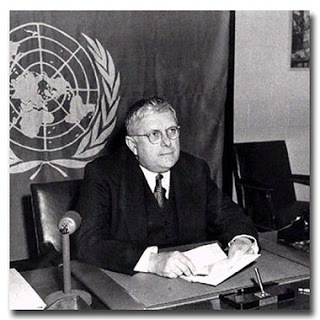
In 1960 Evatt retired from politics and took up the position of Chief Justice of New South Wales. Ill health forced him to retire in 1962. He died in Canberra on 2 November, 1965, aged 71.

Clancy's comment: An imposing man with much talent. As a child, I recall being a witness to the arrest of Petrov as we travelled to church one Sunday morning. It was a case of right spot, right time.
I'm ...

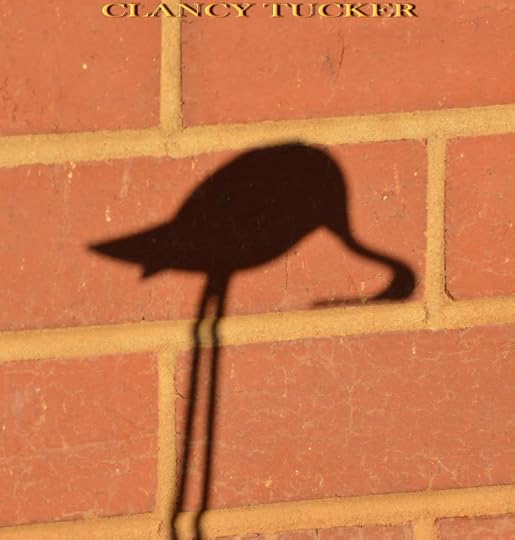
Published on March 18, 2017 14:09
March 17, 2017
18 March 2017 - FACTS ABOUT ELEPHANTS
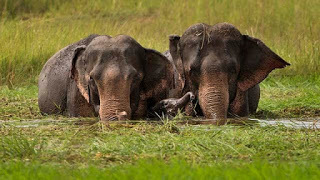
FACTS ABOUT ELEPHANTS
G'day folks,
Welcome to some interesting facts on one of my favourite animals.
Did you Know?
• Elephants are the largest land animals in the world.
• The largest elephant on record was an adult male African elephant. It weighed about 24,000 pounds and was 13 feet tall at the shoulder!
• Elephants can live to be over 70 years old.
• Only one mammal can’t jump — the elephant.
• The average weight for an elephant heart is about 27 to 46 pounds!
• Elephants have a highly developed brain and the largest of all the land mammals. The brain is 3 or 4 times larger than that of humans although smaller as a proportion of body weight.
• Elephants have a slow pulse rate of 27. For a canary it is 1000!
• An elephant’s skin is an inch thick.
• Elephants have poor eyesight but an amazing sense of smell.
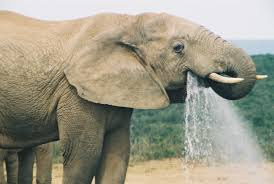
• At the age of 16, an elephant can reproduce, but rarely has more than four children throughout her lifetime. At birth, an elephant calf weighs about 230 lbs!
• Elephants have the longest pregnancy of all the animals. It takes a female 22 months from conception to give birth.
• Elephants purr like cats do, as a means of communication.
• Elephants prefer one tusk over the other, just as people are either left or right-handed.
• Tusks are an elephant’s incisor teeth. They are used for defense, digging for water, and lifting things.
• Elephants have four molars, one on the top and one on the bottom on both sides of the mouth. One molar can weigh about five pounds and is the size of a brick!
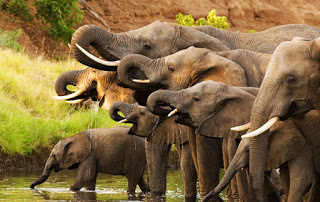
• The elephant trunk has more than 40,000 muscles in it.
• Elephants waive their trunks up in the air and from side to side to smell better.
• The elephant’s trunk is able to sense the size, shape and temperature of an object. An elephant uses its trunk to lift food and suck up water then pour it into its mouth.
• Elephants cry, play, have incredible memories, and laugh.
• Elephants can swim – they use their trunk to breathe like a snorkel in deep water.

• Elephant feet are covered in a soft padding that help uphold their weight, prevent them from slipping, and dull any sound. Therefore elephants can walk almost silently!
• Elephants use their feet to listen, they can pick up sub-sonic rumblings made by other elephants, through vibrations in the ground. Elephants are observed listening by putting trunks on the ground and carefully positioning their feet.
• Elephants are highly sensitive and caring animals. if a baby elephant complains, the entire family will rumble and go over to touch and caress it. Elephants express grief, compassion, self-awareness, altruism and play.
• Elephants have greeting ceremonies when a friend that has been away for some time returns to the group.
• Elephants have large, thin ears. Their ears are made up of a complex network of blood vessels which regulate an elephant’s temperature. Blood is circulated through their ears to cool them down in hot climates.
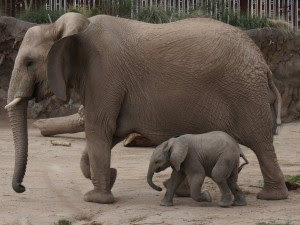
• An elephant is capable of hearing sound waves well below our human hearing limitation. The far reaching use of high pressure infrasound opens the elephant’s spatial experience far beyond our limited capabilities.
• Elephants are social creatures. They sometimes “hug” by wrapping their trunks together in displays of greeting and affection.
Elephants pay homage to the bones of their dead, gently touching the skulls and tusks with their trunks and feet. When an elephant walks past a place that a loved one has died, he/she will stop dead still; a silent and empty pause that can last several minutes.

Clancy's comment: Amazing, eh?
I'm ...
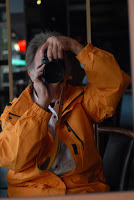

Published on March 17, 2017 14:05
March 16, 2017
17 March 2017 - ROLLING PICTURES

ROLLING PICTURESG'day folks,
Welcome to some outstanding photographs ... That move.
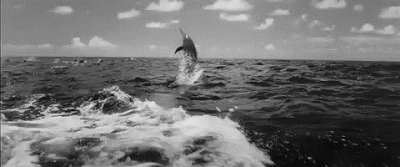
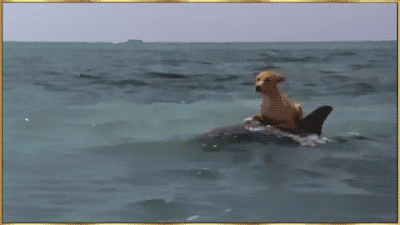
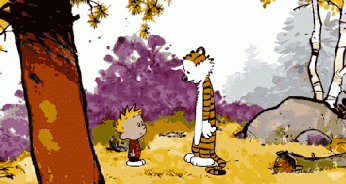






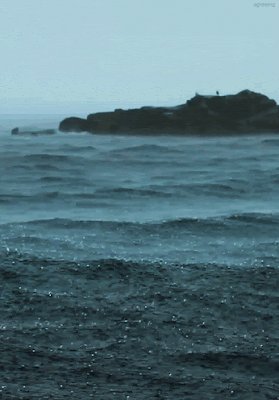








Clancy's comment: Did you see yourself here?
I'm ...


Published on March 16, 2017 13:44
March 15, 2017
16 March 2017 - PAULA GUNN ALLEN

PAULA GUNN ALLEN
G'day folks,
Welcome to the life of another talented woman. Paula Gunn Allen was a Native American poet, literary critic, lesbian activist, and novelist. She is of mixed-race European-American, Native American, and Arab-American descent.

Paula Gunn Allen was the daughter of a Lebanese-American father and a Pueblo-Sioux-Scots mother. She was raised near Laguna and Acoma Pueblo reservations and was influenced by the matriarchal Pueblo culture. She received both her BA in English and her MFA in creative writing from the University of Oregon, and a doctorate in American studies, with a concentration in Native American literature, from the University of New Mexico.
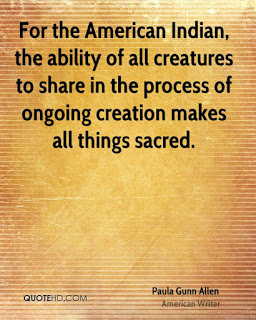
In 1978 she received a National Endowment for the Arts fellowship and in 1980, a fellowship to study Indian women's writings. Her 1983 novel, The Woman Who Owned the Shadows, reflected her own upbringing.
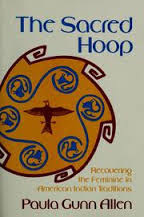
Her collections of poetry include Coyote's Daylight Trip(1978), Shadow Country (1982), and Life is a Fatal Disease(1996). Studies in American Indian Literature: Critical Essays and Course Designs (1983) is considered a landmark text in Native American literary criticism. The Sacred Hoop: Recovering the Feminine in American Indian Traditions (1986) explores the importance of women in traditional Indian culture.
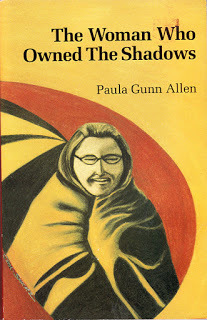
Along with Patricia Clark Smith, Allen wrote As Long as the Rivers Flow: The Stories of Nine Native Americans (1996) for younger readers. Her latest work is Pocahontas: Medicine Woman, Spy, Entrepreneur, Diplomat (2003), a new look at Pocahontas through the eyes of a Native American woman. She has taught at Fort Lewis College, San Diego State University, San Francisco State University, the University of New Mexico, and retired in 1999 from the University of California at Los Angeles.

Clancy's comment: Go, Paula!
I'm ...

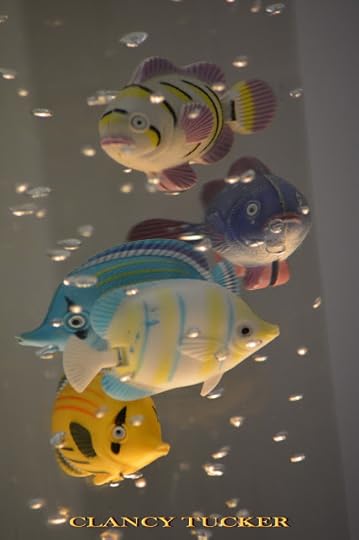
Published on March 15, 2017 14:01
March 14, 2017
15 March 2017 - GREAT QUOTES TO READ

GREAT QUOTES TO READ
G'day folks,
Yep, time to read a few quotes to get you started.


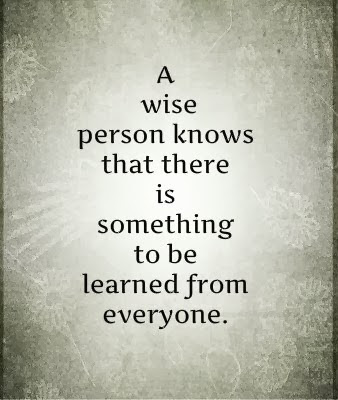
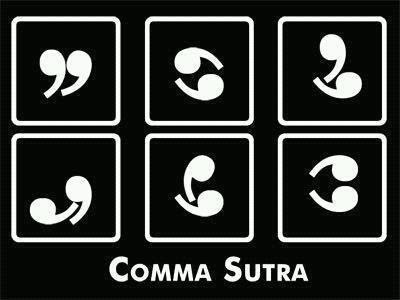





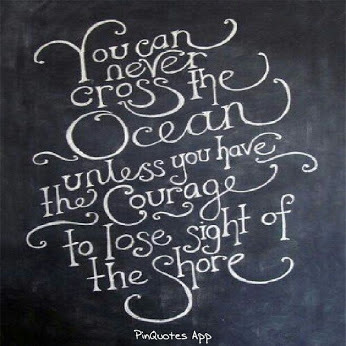



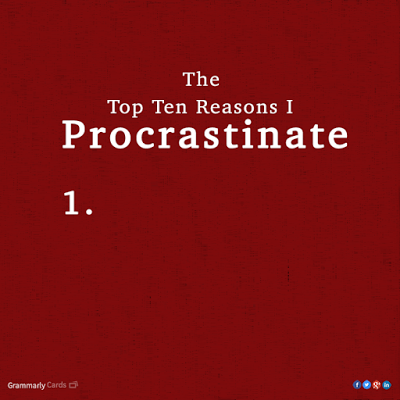







Clancy's comment: Mm ... Fired up for the day? Right. Get cracking.
I'm ...

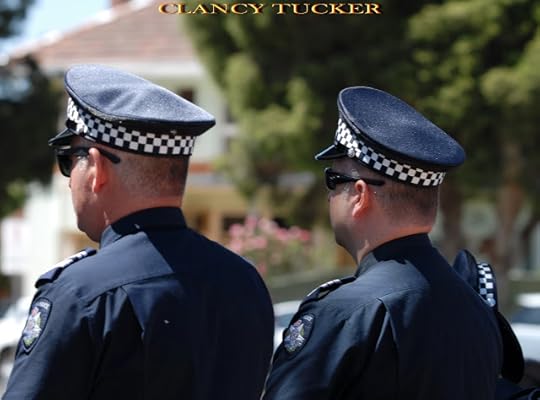
Published on March 14, 2017 13:56
March 13, 2017
14 March 2017 - GRAMMAR MISTAKES

GRAMMAR MISTAKES
G'day folks,
Here are a few of those tricky words that often cause us grief as we write, courtesy of Jon Gingerich.
May and Might “May” implies a possibility. “Might” implies far more uncertainty. “You may get drunk if you have two shots in ten minutes” implies a real possibility of drunkenness. “You might get a ticket if you operate a tug boat while drunk” implies a possibility that is far more remote. Someone who says “I may have more wine” could mean he/she doesn't want more wine right now, or that he/she “might” not want any at all. Given the speaker’s indecision on the matter, “might” would be correct.
Whether and If
Many writers seem to assume that “whether” is interchangeable with “if." It isn’t. “Whether” expresses a condition where there are two or more alternatives. “If” expresses a condition where there are no alternatives. e.g., I don’t know whether I’ll get drunk tonight. e.g., I can get drunk tonight if I have money for booze. Fewer and Less
“Less” is reserved for hypothetical quantities. “Few” and “fewer” are for things you can quantify. e.g., The firm has fewer than ten employees. e.g., The firm is less successful now that we have only ten employees. Farther and Further The word “farther” implies a measurable distance. “Further” should be reserved for abstract lengths you can't always measure. e.g., I threw the ball ten feet farther than Bill. e.g., The financial crisis caused further implications.

Clancy's comment: Mm ... Some words still cause me pain.I'm ...

[image error]
Published on March 13, 2017 14:23



